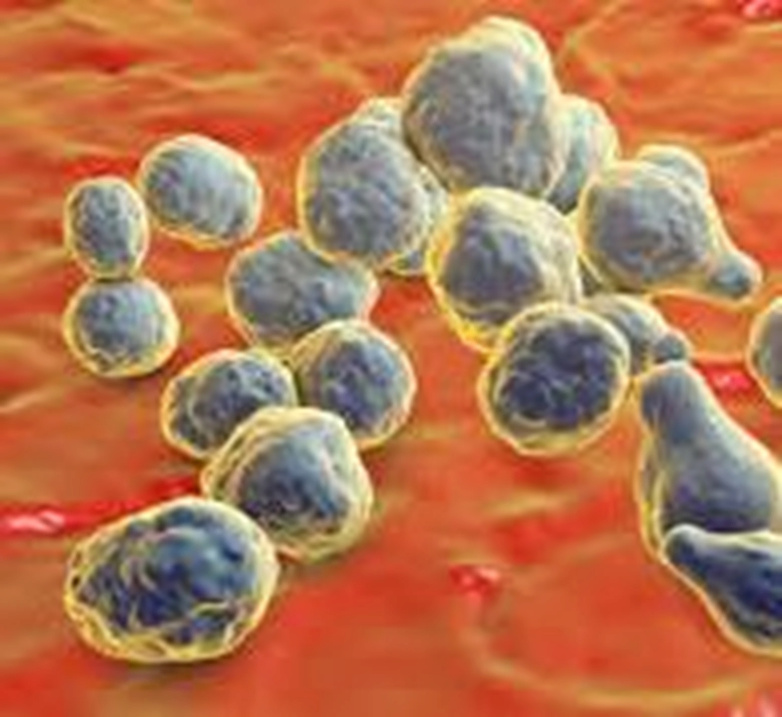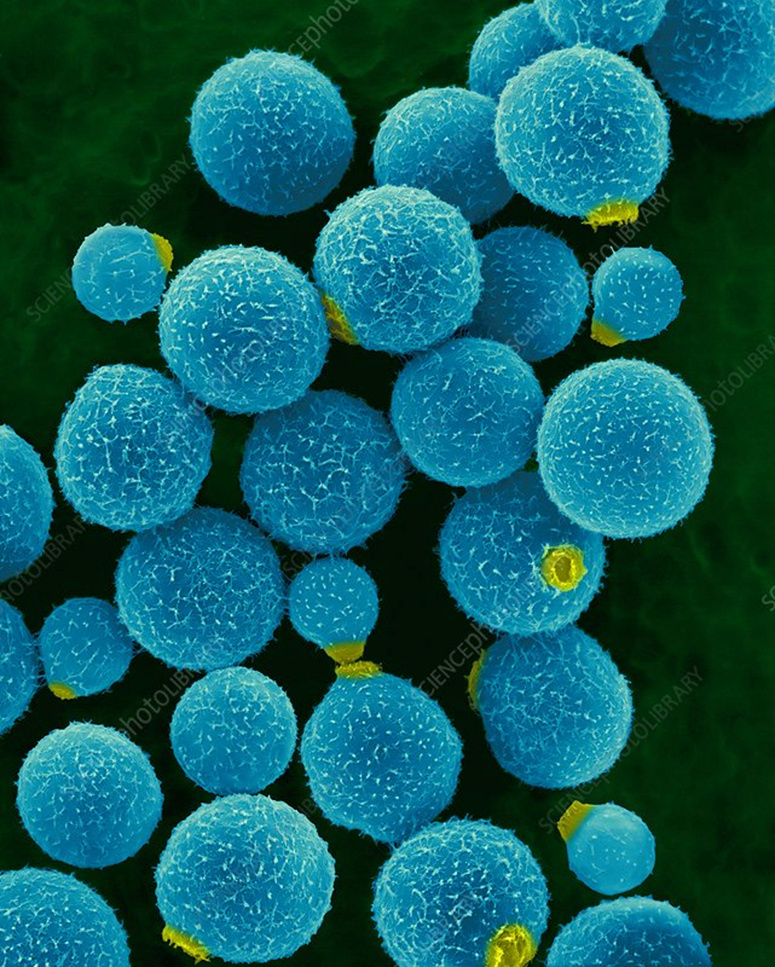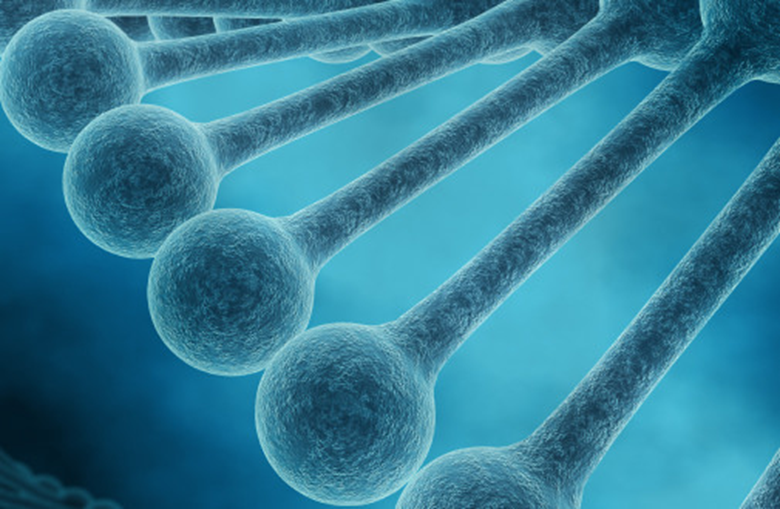A living fossil could turn the foundations of the theory of evolution upside down

A new study shows that natural selection occurs at the epigenomic level.
The field of evolutionary biology has had its fair share of passionate disagreements, but experts in this field have unanimously agreed - despite their differences - that natural selection occurs at the level of the genome (genetic material).
A team at the University of California, San Francisco has discovered the first evidence that natural selection may occur at the level of the epigenome (the specific arrangement of instructions directed to the genome to determine which genes will be activated when). This unprecedented evidence contradicts the widespread belief that natural selection occurs exclusively in the arrangement of genetic material in the genome, based on geological history.
According to the study published in the journal Cell on January 16, 2020, researchers showed that the yeast Cryptococcus neoformans (a type of fungus that causes illness in people with immunodeficiency, and is responsible for 20% of deaths associated with AIDS), contains an epigenetic mark. mark in the DNA sequence, which was supposed - according to previous studies - to have disappeared from this species since the age of dinosaurs.
The study showed that the process of methylation (in which a methyl group is actually added to the genome) has continued for about 50-150 million years, in addition to its lifespan. This evolvability property was made possible by an unusual enzyme, combined with a huge dose of natural selection.
“We observed that methylation exhibits natural variation, which is an ideal choice to drive evolution over millions of years,” says study author Hiten Madhani, MD, PhD, a professor of biochemistry at the University of California, California. This evolutionary method - although it remains secondary - does not depend on changes in the arrangement of DNA in the organism.
The process of adding a methyl group to DNA, methylation, is uncommon in biology. It may appear in vertebrates, plants, and some types of fungi and insects, but it completely disappears in other species.
“Tracking the evolutionary timeline of methyl addition, it looks disconnected and full of gaps, depending on which evolutionary tree we study,” Madhani adds. Some of the mechanisms of this process continued and some stopped completely.”
Microorganisms are an essential component of molecular biology laboratories, but they lack the ability to add a methyl group to their DNA, as these species descend from ancestors that lost the ability to manufacture the enzymes previously thought necessary to add methyl to DNA. But C. neoformans has managed to avoid the fate of other species so far.

The study showed that the ancestors of C. neoformans were able to control DNA methylation processes using two enzymes. The first enzyme, de novo methyltransferase, is responsible for adding a new methyl group to a DNA molecule that has not been exposed to this process previously. The other enzyme, maintenance methyltransferase, protects existing methyl groups or adds methyl groups to a new DNA molecule, using the existing one as a template for replication. This is common in species that use methylation to control DNA, and contain both enzymes.
But the ancestors of C. neoformans lost the ability to make de novo methyltransferase, resulting in new species that do not have the ability to synthesize this enzyme. This makes it the only living organism that has the ability to add a methyl group to DNA in the absence of the enzyme responsible for the process. “We don't understand how methylation has continued since the Cretaceous in the absence of de novo methyltransferase,” Madney says.
However, the species continued to produce the other enzyme, maintenance methyltransferase, which is responsible for protecting and copying existing methyl groups. Surprisingly, this enzyme has a unique ability to precisely replicate methyl groups, and if natural selection had not acted in the direction of maintaining methylation, we would have seen this type of biological process disappear in C. neoformans immediately after the disappearance of the de novo methyltransferase.
Methyl groups attached to DNA may be damaged or randomly lost, and repairing them is a burden on the enzyme maintenance methyltransferase. The damage gradually accumulates and becomes difficult for the enzyme to repair in the absence of the original template responsible for the transcription process. Loss or damage occurs at a slow rate, and experimental observations have shown that methylation marks disappear from half of the organisms after 7,500 generations. Assuming that C. neoformans reproduces naturally at a rate 100 times slower than in the laboratory, 7,500 generations equates to a time of only 130 years.
Likewise, the random or rare acquisition of methyl groups cannot be relied upon to explain the continued methylation process in C. neoformans yeast, as experiments have shown that the rate of formation of new methyl groups by chance is 20 times less than the rate of destruction of existing ones.
It can be argued that the loss of methyl groups in the absence of a de novo methyltransferase to compensate would have been catastrophic, and C. neoformans would not have disappeared at the same time as the dinosaurs, had selection not intervened to preserve methyl marks.
By comparing different species of C. neoformans that descended from other species about 5 million years ago, they not only found that they had preserved methylation marks, but they also found that the methylation marks formed homologous regions in their genome, which suggests that the presence of methylation marks in those Positions represent a survival advantage and evidence of selection.
“Natural selection has maintained methylation at a higher rate than would be expected under damage and compensation,” says Dr. Madhani. “This mechanism represents Darwinian evolution at an epigenetic equivalent of Darwinian evolution.”

But why were those specific places or signs chosen? “One of the functions of methylation is to protect the genome itself,” Madani answers. Such as silencing transposons.
Transposons are jumping genes, meaning they have the ability to break away from their place in the genome and integrate again at a new location. Assuming that a transposon breaks off and joins up with another gene necessary for life, the transposon will inactivate the gene, exposing the cell to death. Methylation of inhibitory transposons thus ensures a survival advantage, which inevitably leads to evolution.
But we should look further into this mechanism of natural selection in other species. “We've never seen evidence of this kind of selection occurring in that time period,” Madhani says. The most important question: Is it possible for this to happen outside of these exceptional circumstances? How do we find that?
Source :websites

